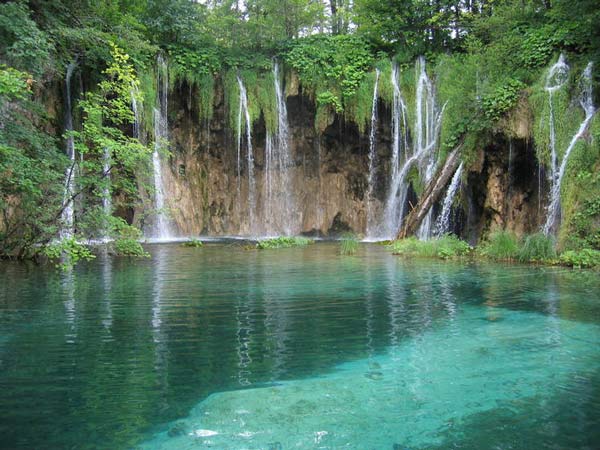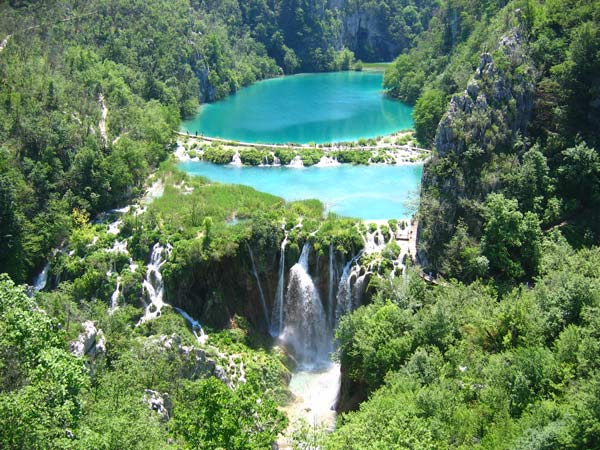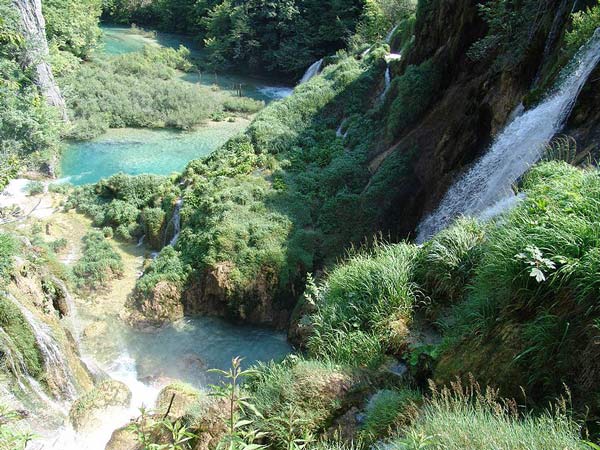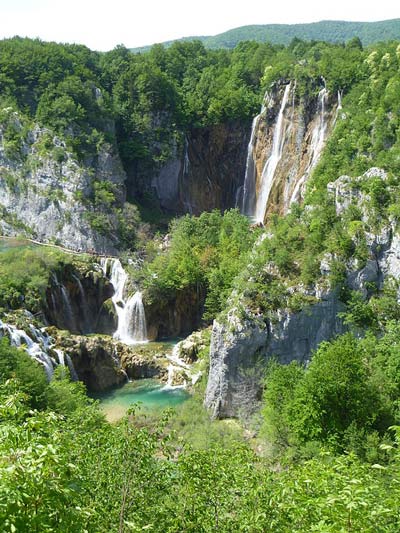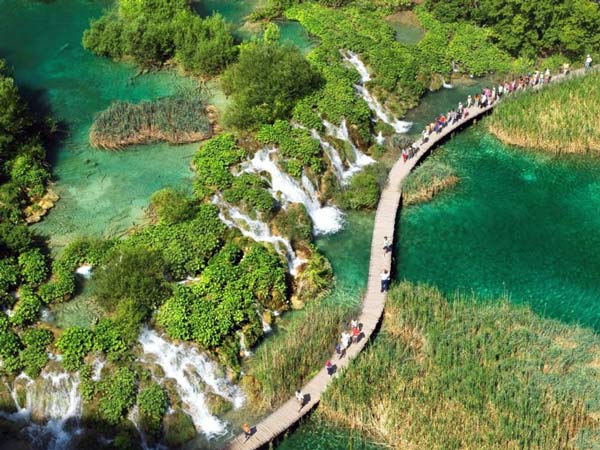Croatia is located in southeastern Europe. The country, population of close to 4.5 million (July 2015), is slightly smaller than the U.S. state of West Virginia.
Croatia’s capital city is Zagreb, and its national language is Croatian.
The remarkable Plitvice Lakes National Park is located to the country’s south east in the area close to its border with Bosnia and Herzegovina.
Plitvice Lakes National Park is made up of lakes, waterfalls, cycling trails, rivers, well preserved vast forests and breathtaking landscapes.
The park is the largest and oldest national park in Croatia, and is “considered one of the most beautiful national parks in the world” as per Trip Advisor.
The Plitvice Lakes National Park extends across 73,350 acres (296.85 square kilometres).
Plitvice Lakes National Park became a UNESCO world heritage site in 1979.
“The waters flowing over the limestone and chalk have, over thousands of years, deposited travertine barriers, creating natural dams which in turn have created a series of beautiful lakes, caves and waterfalls.” (UNESCO)
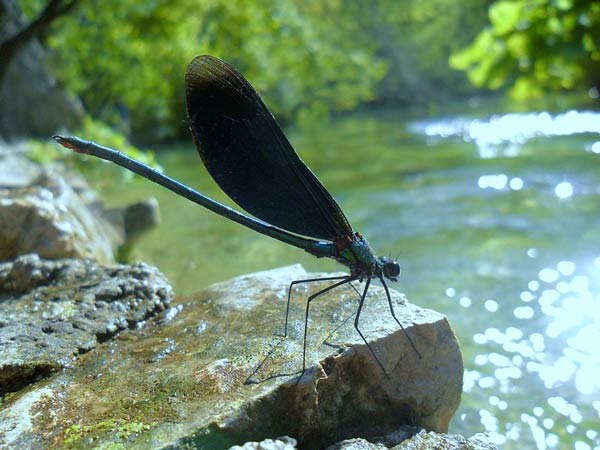
Plitvice Lakes National Park is a habitat for diverse wildlife – such as owls, eagles, woodpeckers, ducks, and animals (European brown bears, wolves, wild cats and lynx), including various species of insects.
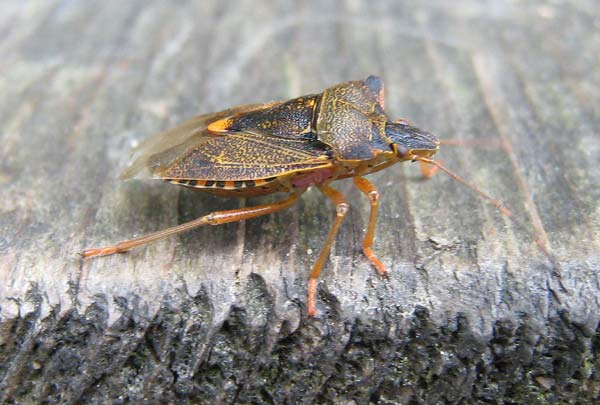
The park is home to an abundance of flora and fauna.
Over One Thousand plant species thrive in the Plitvice Lakes National Park.
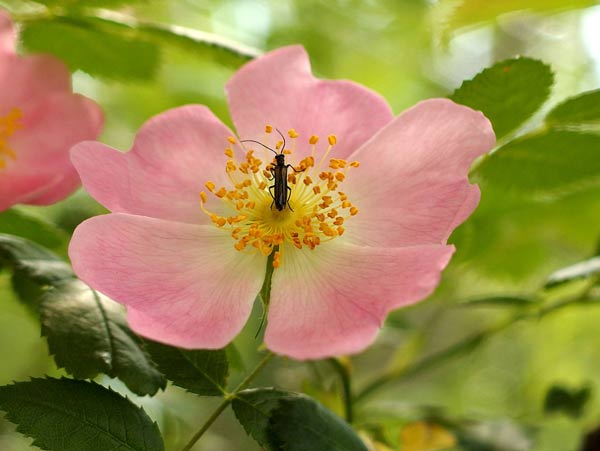
“Systematic studies of higher plants conducted by Šegulja and Krga, as late as in 1984, confirmed that the Park was also a unique phenomenon in terms of the abundance and diversity of higher plant flora. In the Park’s relatively small area there have been recorded 1,267 plant species belonging to 112 plant families.” (Park management)
The Plitvice Lakes National Park, Croatia is full of surprises for the adventurous traveler. Would you visit?

